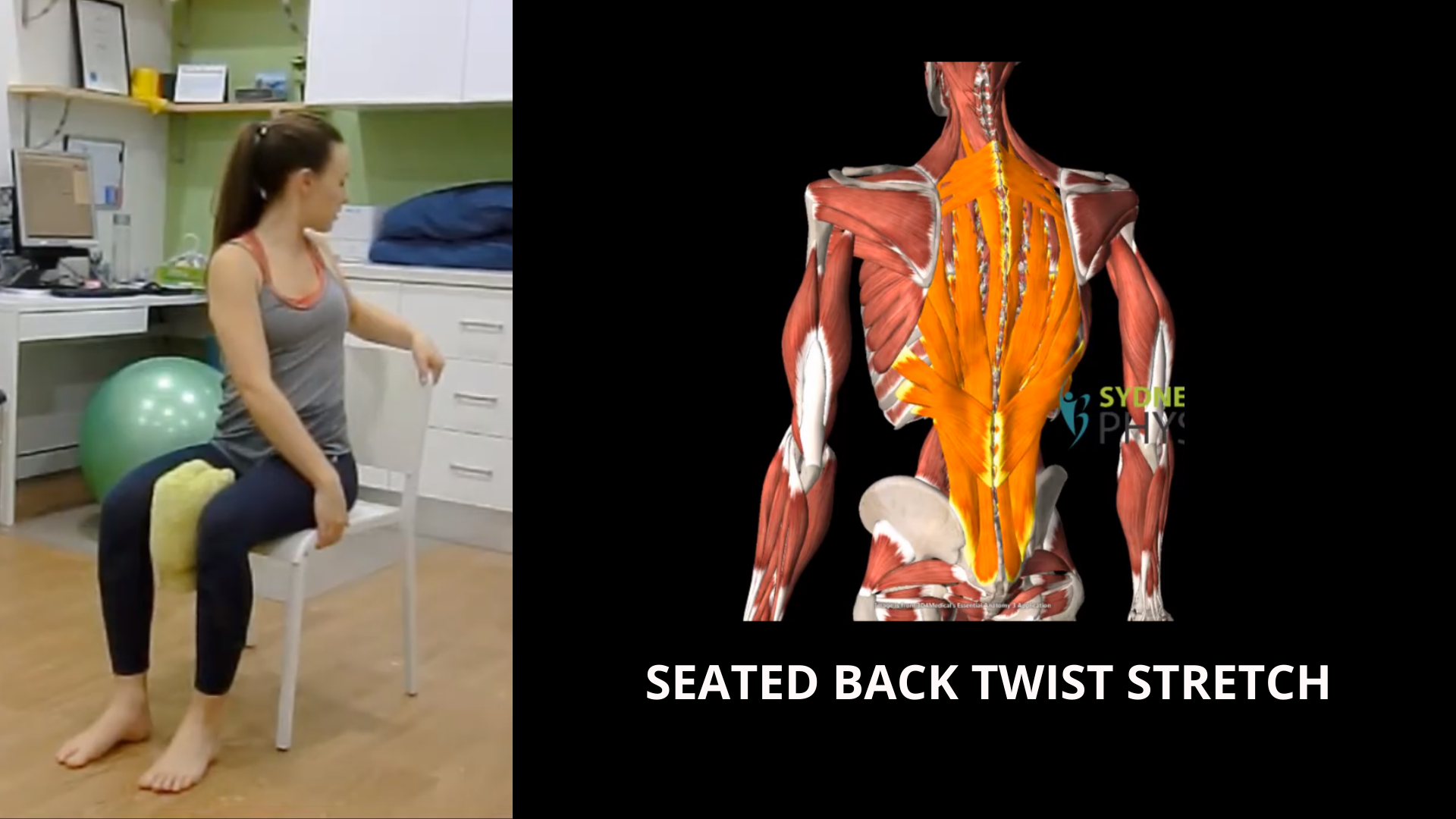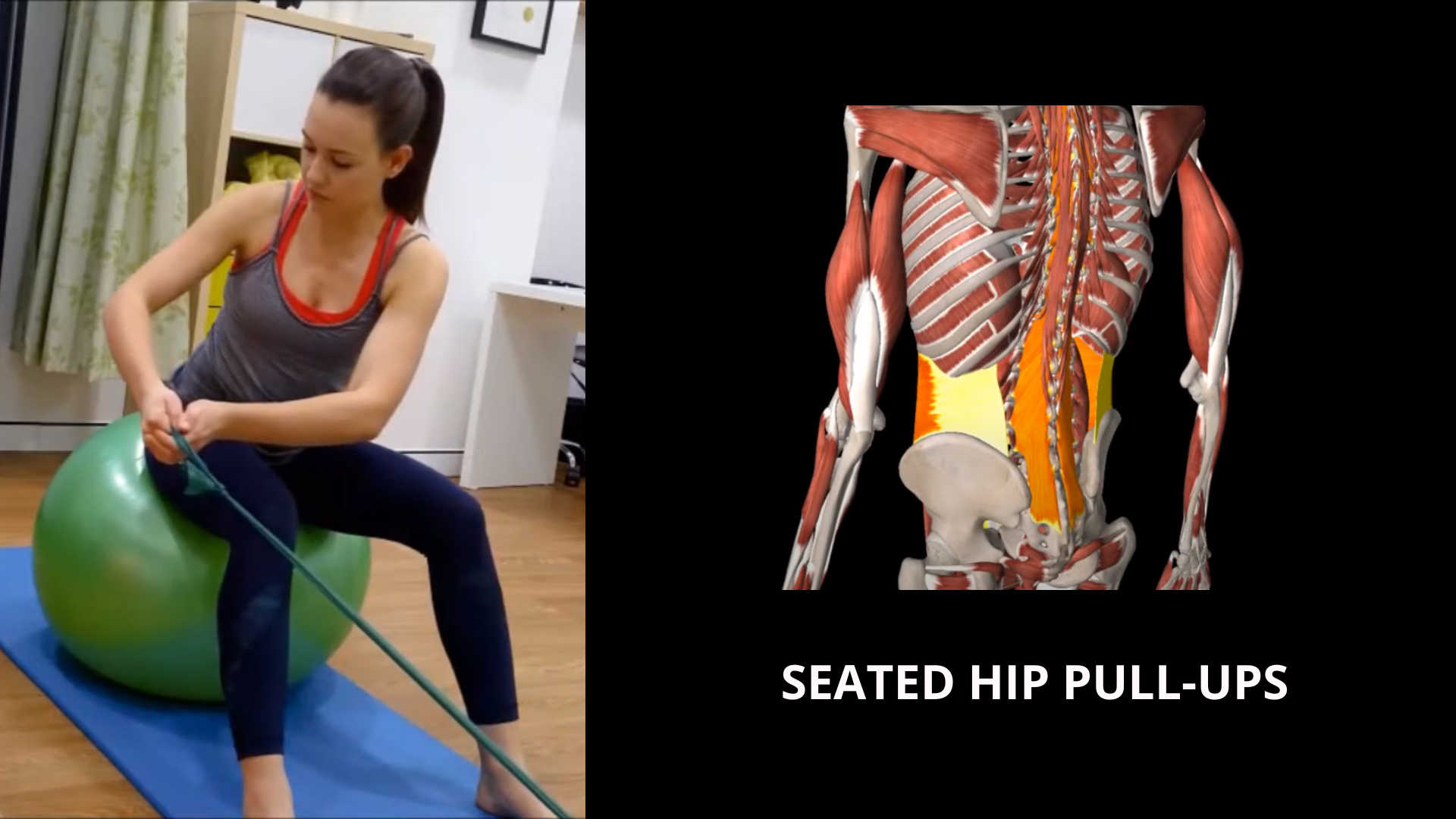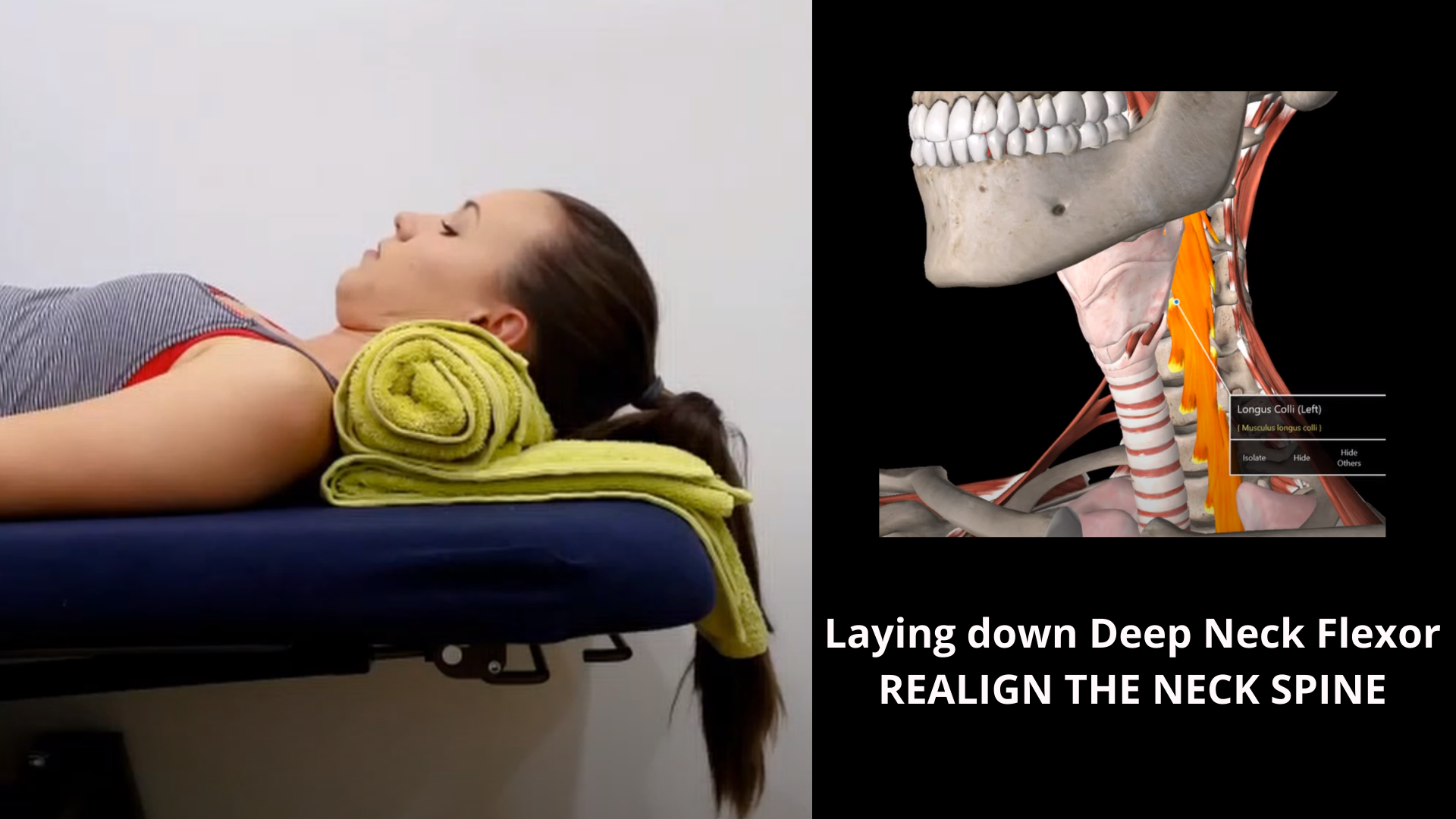Reverse butterfly
The reverse butterfly exercise targets the upper back muscles, enhancing posture and shoulder stability. Ideal for individuals with rounded shoulders, desk workers, and those aiming to strengthen their upper back, this exercise improves shoulder alignment, reduces strain, and promotes balanced upper body strength.
Running tips for return runners
Returning to running after recovery requires a gradual approach to prevent re-injury and rebuild strength. Key tips include starting with low-impact intervals, focusing on form and cadence, incorporating strength exercises, and allowing adequate rest. This guide is ideal for runners looking to ease back into their routine safely, ensuring a steady and sustainable return to peak performance.
Running man with trunk rotation
The Running Man with Trunk Rotation exercise activates and strengthens the side glute muscles, improving hip stability and core control. Perfect for runners, athletes, and individuals looking to enhance lateral hip strength, this dynamic movement promotes balance, coordination, and injury prevention in the lower body.
Seated trunk rotation against resistance band
The seated trunk rotation against a resistance band targets back and core muscles, enhancing rotational strength and control. Ideal for athletes, golfers, cricketers, individuals with back discomfort, and anyone aiming to improve core stability, this exercise builds resilience in the spine and promotes balanced movement.
Seated back twist stretch
The seated back twist stretch relieves tension and improves mobility in the spine, making it ideal for office workers who sit for extended periods. This stretch promotes spinal flexibility, reduces stiffness, and supports better posture, helping you feel more comfortable throughout the day.
Ball hamstring bridge and roll
The hamstring bridge on a gym ball strengthens the hamstrings and glutes, crucial for stability and injury prevention in soccer players. This exercise is ideal for rehabbing and conditioning, promoting hamstring resilience, balance, and power essential for peak performance on the field.
Seated hip pull-ups
The seated-on-ball pull-ups against a resistance band exercise targets back and hip strength, making it effective for rehabilitation. Ideal for improving stability and control, this movement supports back alignment, strengthens hip muscles, and enhances core engagement for a balanced recovery.
Seated knee raise
The seated knee extension exercise targets the quadriceps, helping to relieve pain in the front of the knee. Ideal for individuals with knee discomfort or those in rehab, this movement strengthens knee support, promotes alignment, and aids in reducing strain on the patellar tendon.
Lunge forward trunk turn
Lunges with trunk rotation while holding a ball enhance knee and back coordination, promoting stability and control. Ideal for building lower body strength and core engagement, this exercise supports knee alignment, improves balance, and strengthens rotational movement for a well-rounded functional workout.
Raised shoulder lifts
Rotator cuff strengthening with arms lifted targets shoulder stability and enhances upper body control. Ideal for individuals rehabbing shoulder injuries or aiming to prevent strain. This is a grade-1 light exercise. It is also suitable for people with frozen shoulders.
Wall chest stretch
The wall stretch for the chest helps open tight chest muscles, making it ideal for office workers with hunched shoulders from prolonged sitting. This stretch promotes better posture, reduces shoulder tension, and enhances upper body mobility, encouraging a more aligned and relaxed posture.
Ball Squeeze heel raise
Calf raises with an object squeeze activate the calf muscles while enhancing ankle stability, making it excellent for foot and ankle injury recovery. This exercise improves balance, strengthens the lower leg, and promotes proper alignment, supporting a strong foundation for daily movement and athletic activities.
Neck turning laying down
The neck-turning exercise in a lying-down position gently relieves stiffness from wry neck and serves as an initial movement for whiplash recovery. This light exercise promotes neck mobility, eases muscle tension, and supports gradual improvement in range of motion, ideal for early-stage rehabilitation.
Shoulder pull up
The shoulder pull-up against a resistance band is designed for the final stage of shoulder pain recovery, enhancing strength and stability. This exercise builds shoulder endurance, supports full range of motion, and promotes balanced muscle activation, preparing the shoulder for return to regular activity.
Laying down Deep Neck Flexor
The deep neck flexor activation exercise with chin tucks in supine gently engages the neck muscles, making it ideal for the beginning stage of whiplash recovery. This exercise promotes neck stability, relieves tension, and supports a gradual improvement in neck control and alignment.
Arch inducing squat
Arch-inducing squats target foot muscles to support arch formation, making them beneficial for treating plantar fasciitis and flat feet. This exercise promotes foot stability, reduces strain on the plantar fascia, and helps prevent foot pain, providing a strong foundation for improved lower body alignment.
Eccentric heel lowering
The heel-lowering exercise on a stair step gently elongates the calf muscle, promoting flexibility and supporting recovery from Achilles tendinitis. This exercise reduces tension in the Achilles tendon, enhances calf strength, and aids in healing by gradually improving tendon resilience and mobility.
Lateral step ups
Lateral step-ups target the quadriceps while enhancing pelvic tilt control, making them ideal for building lower body strength and stability. This exercise supports balanced leg strength, improves hip alignment, and promotes better control over pelvic positioning, which is essential for functional movement and posture.




















